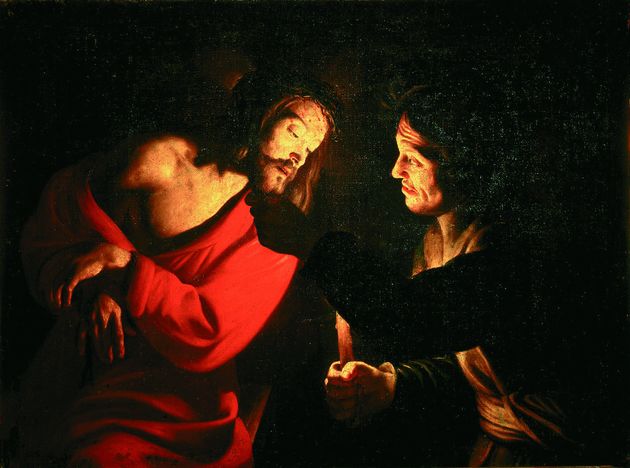This is the first easel painting of certain date by the well-known Cecco Bravo, the pupil of Bilivert, who was paid 30 ducats for it by Lorenzo dal Borgo, after a dispute. It already shows the skill of the young painter in the efficacious definition of the scene, whose volumes are emphasised by rapid strokes of paint and carefully-placed streaks of light. Although the type of paint used is different, the painting recalls Bilivert and the later Rosselli, also showing the influences of the Lorraine engravers Callot and Bellange. Theatrically arranged on different levels, the densely-packed scene is centred on the relationship between the two main figures, Semiramis, imposing and luminous in her flowing robes, and the knight emerging from the half-light, who is bringing her the news of the revolt. The theatricality of the gestures is echoed in the aghast handmaids in the background, and is emphasised by the view of the town in flames at the very back of the scene. In that period the frequent representation of noble heroines of antiquity, rich in moral and civic virtues, was often a homage to the reigning grand duchess, Maria Magdalena of Austria, the widow of Cosimo II.
The painting is displayed next to other works of the Caravaggesque school, such as the Noli me Tangere by Batistello Caracciolo and The Good Samaritan by Nicola Malinconico.






























